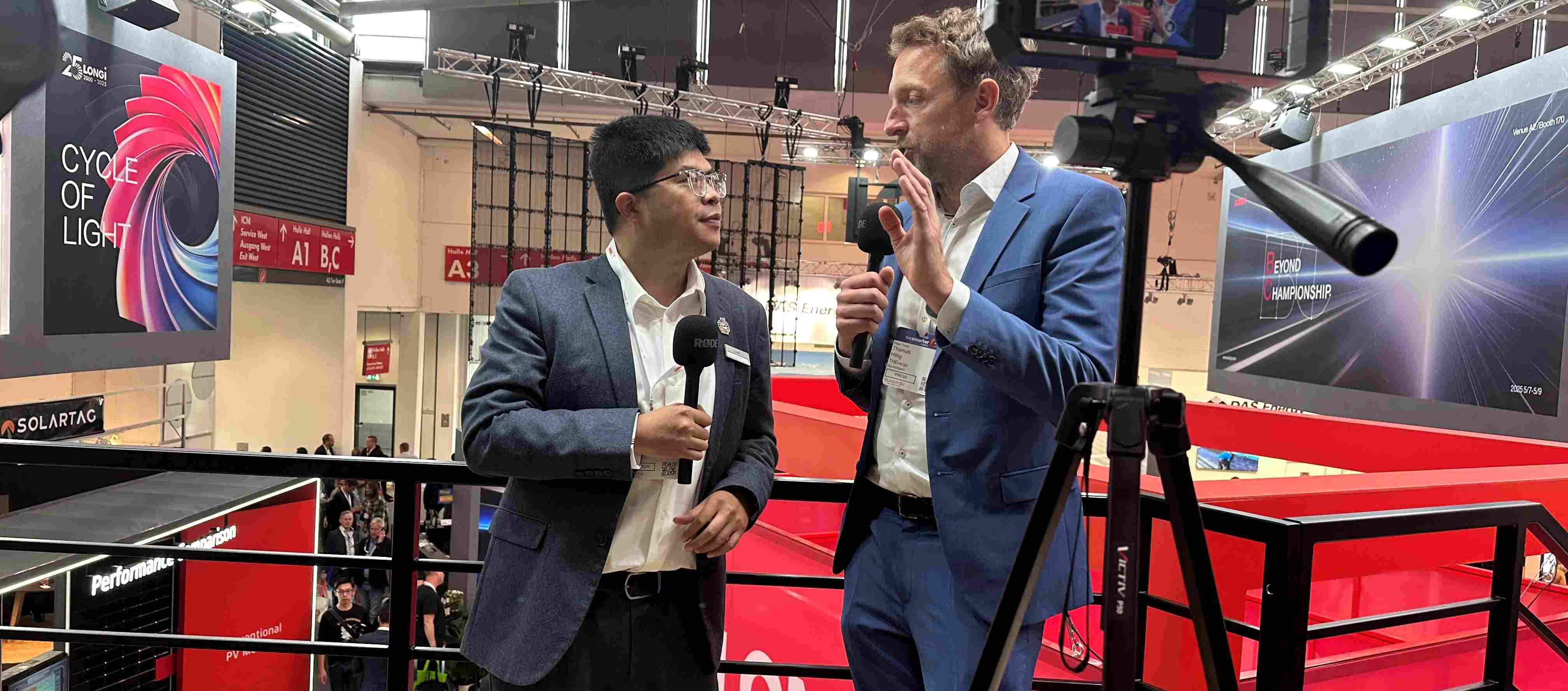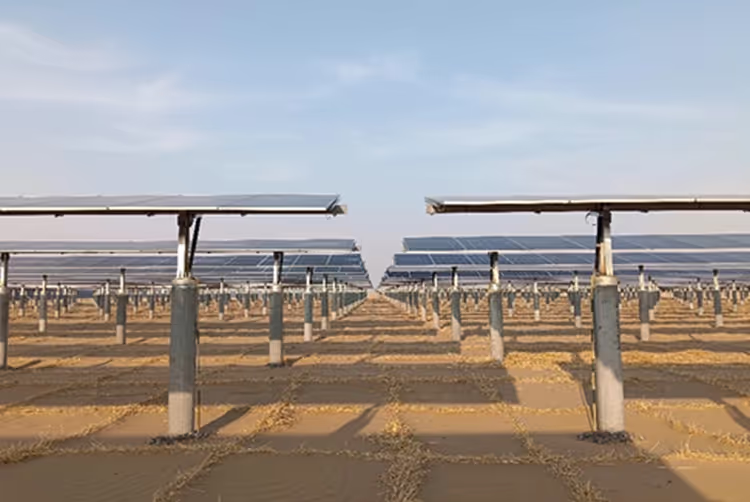LONGi Customer Voices: “We noticed an increase in customer preference for back contact modules”
.jpg)
Date
October 23, 2025
read time
3
Minutes
Subscribe to the LONGi Newsletter
Christian Clapan, Sales Director at Solargroup in Romania, shares how LONGi’s back contact technology is winning over customers with its combination of performance, reliability, and refined aesthetics.
Christian has witnessed a clear shift in customer behavior. “We noticed an increase in customer preference for these modules,” he says, referring to LONGi’s back contact (BC) products. “They combine strong return on investment with excellent reliability, all integrated into a highly aesthetic design.” This growing appreciation reflects a broader transformation in the solar industry. As markets mature, technology choices are no longer defined only by headline efficiency but by long-term performance, stability, and system value. Back contact modules, and particularly LONGi’s HPBC platform, are now setting that benchmark.
Watch his full comment here
What is HPBC technology?
HPBC stands for Hybrid Passivated Back Contact, a cell architecture designed and developed by LONGi to extract the maximum possible power from sunlight by eliminating busbars and moving all current-collecting contacts to the rear side of the cell. Unlike traditional front-contact designs such as PERC or TOPCon, which suffer from front-side shading losses, HPBC cells present a completely unobstructed surface to incoming light.
The concept is straightforward but powerful:
- Front-side optimization: No metallic gridlines on the surface mean higher light absorption and improved aesthetics, resulting in a uniform, deep-black appearance that many homeowners and architects favor.
- Advanced passivation: A hybrid layer at the rear of the cell minimizes electron recombination, improving charge collection efficiency and temperature stability.
- Superior low-light response: With more active area exposed, HPBC cells convert diffuse or reflected light more effectively, delivering higher energy yield in mornings, evenings, or cloudy conditions.
In practical terms, HPBC modules achieve higher power density, meaning more watts per square meter, and maintain that performance under a wide range of environmental conditions. They are also less prone to microcracks and degradation over time, extending system life and safeguarding returns.
From HPBC to HPBC 2.0 - the evolution continues
When LONGi first introduced HPBC into mass production, it marked a technological turning point. The company’s investment in cell architecture, material science, and manufacturing precision pushed efficiencies beyond 25 % at module level, verified by leading third-party institutes such as TÜV SÜD and Fraunhofer ISE.
The next phase, HPBC 2.0, represents a deeper refinement of that platform. As highlighted in the recent Solar Strategies in Practice story on Luxshare Precision, LONGi’s latest generation builds on intense research in wafer quality, metallization, and contact resistance. Using its proprietary TaiRay wafer and 0BB (zero busbar) technology, HPBC 2.0 reduces internal losses and enhances current flow uniformity across the cell. The transition from HPBC 1.0 to HPBC 2.0 marked a major technological leap, raising module efficiency by around one full percentage point - from approximately 23.8 % to 24.8 % - a scale of improvement rarely achieved in commercial solar manufacturing and a clear testament to LONGi’s R&D leadership.
These innovations translate into tangible field advantages:
- Higher energy yield: over 2 % more generation per installed kilowatt compared to TOPCon in long-term outdoor testing.
- Greater area efficiency: roughly 9 % higher power output per square meter.
- Improved reliability: withstanding mechanical stress, shading, and temperature fluctuations without performance drift.
Equally important, the design evolution has preserved HPBC’s hallmark look. The seamless black surface aligns with architectural expectations, allowing solar modules to integrate harmoniously into modern rooftops and façades.
BC is smart technology for stronger, long-term returns
For customers like those served by Solargroup, the advantages of HPBC 2.0 are clear. It combines measurable energy gains with durable reliability and refined aesthetics - three qualities that directly influence lifetime return on investment.
As Clapan notes in the video, the growing preference for LONGi’s BC modules reflects more than just a trend. It signals a shift toward technology that balances beauty and performance, ensuring that every rooftop investment delivers both visual and financial value for decades to come.


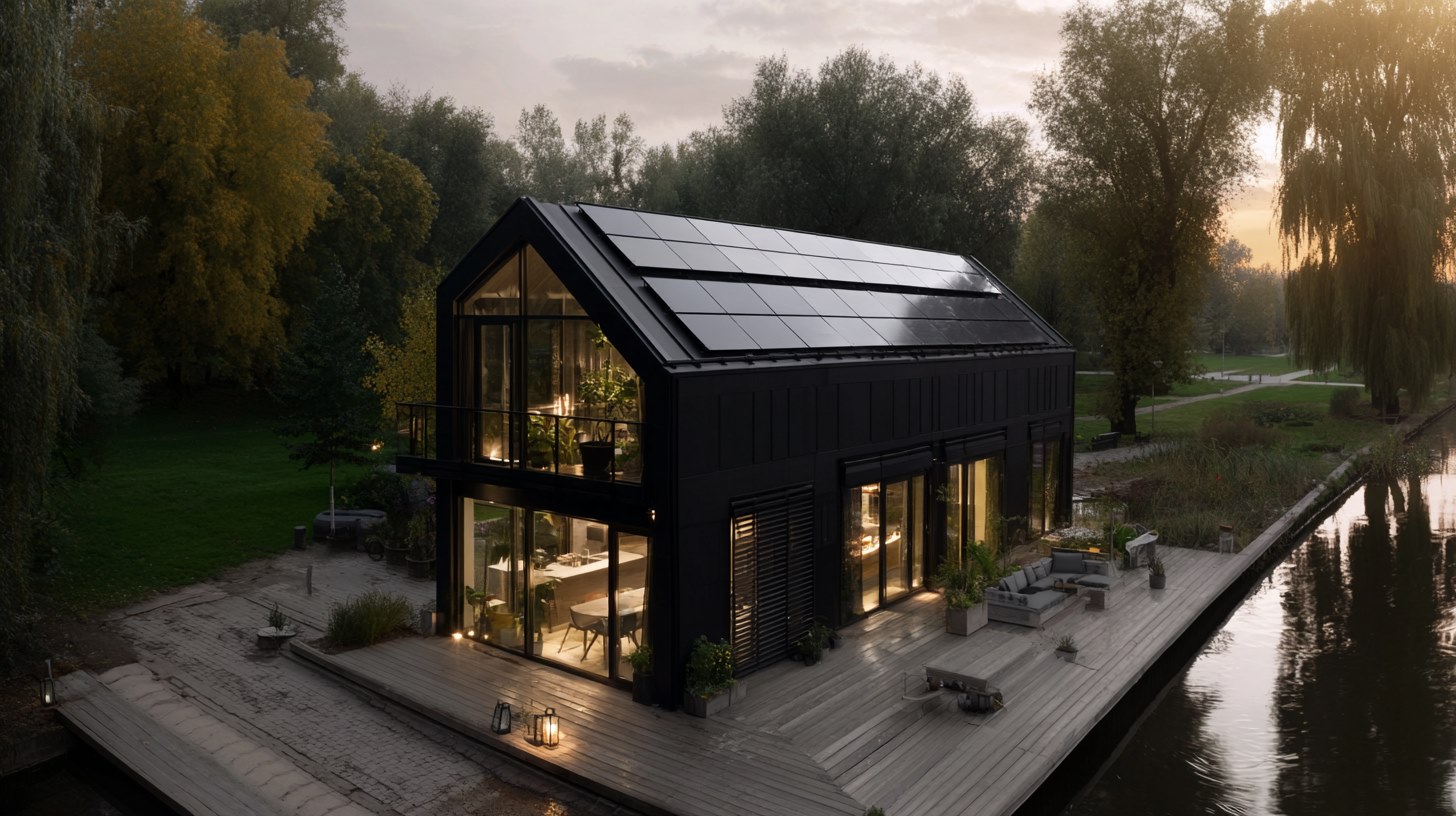
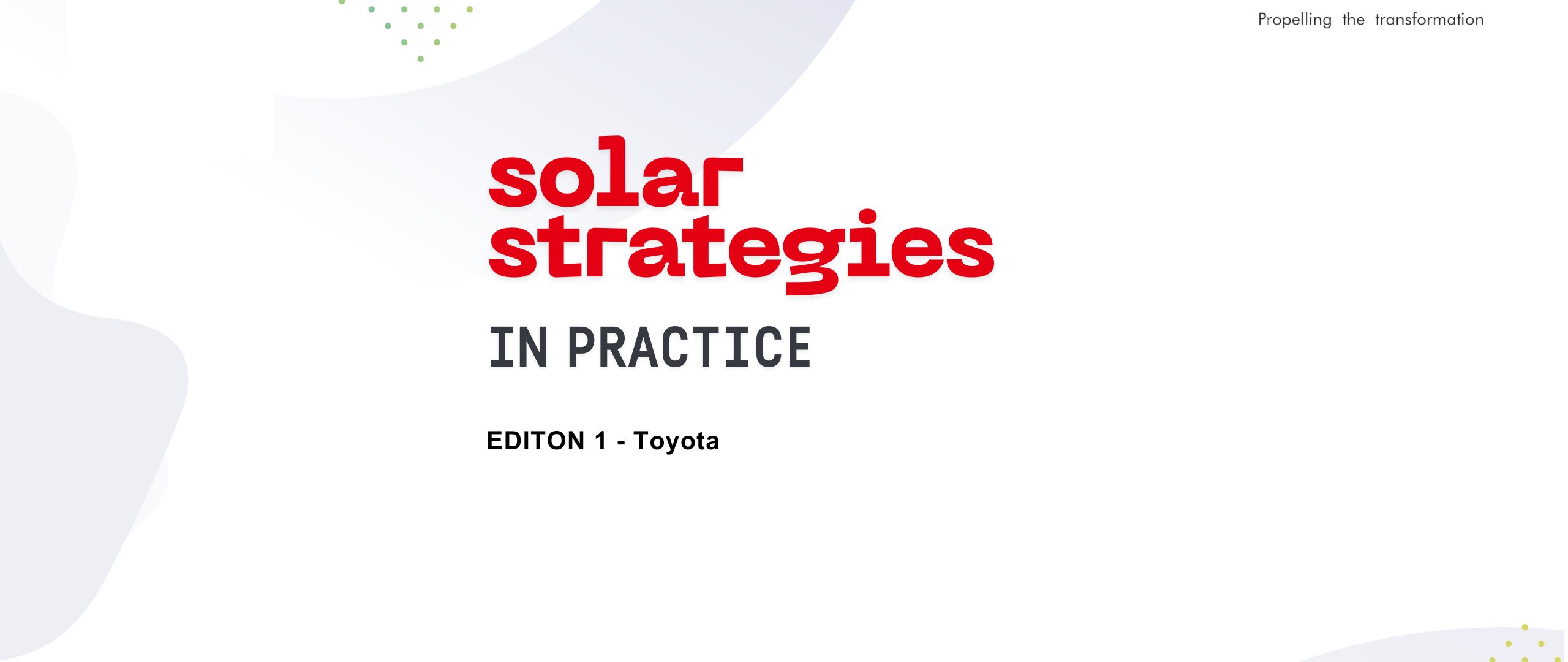
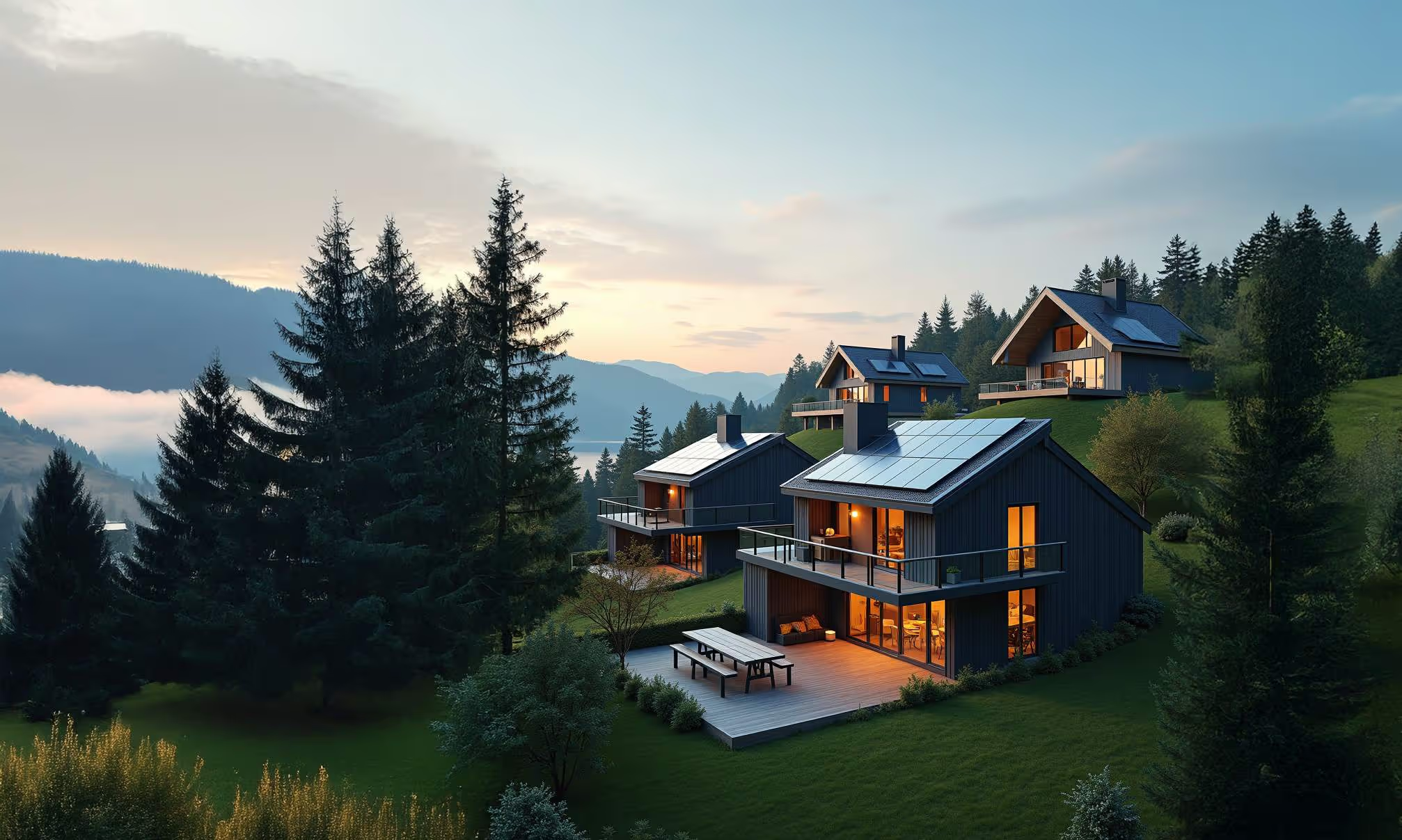
.jpg)
